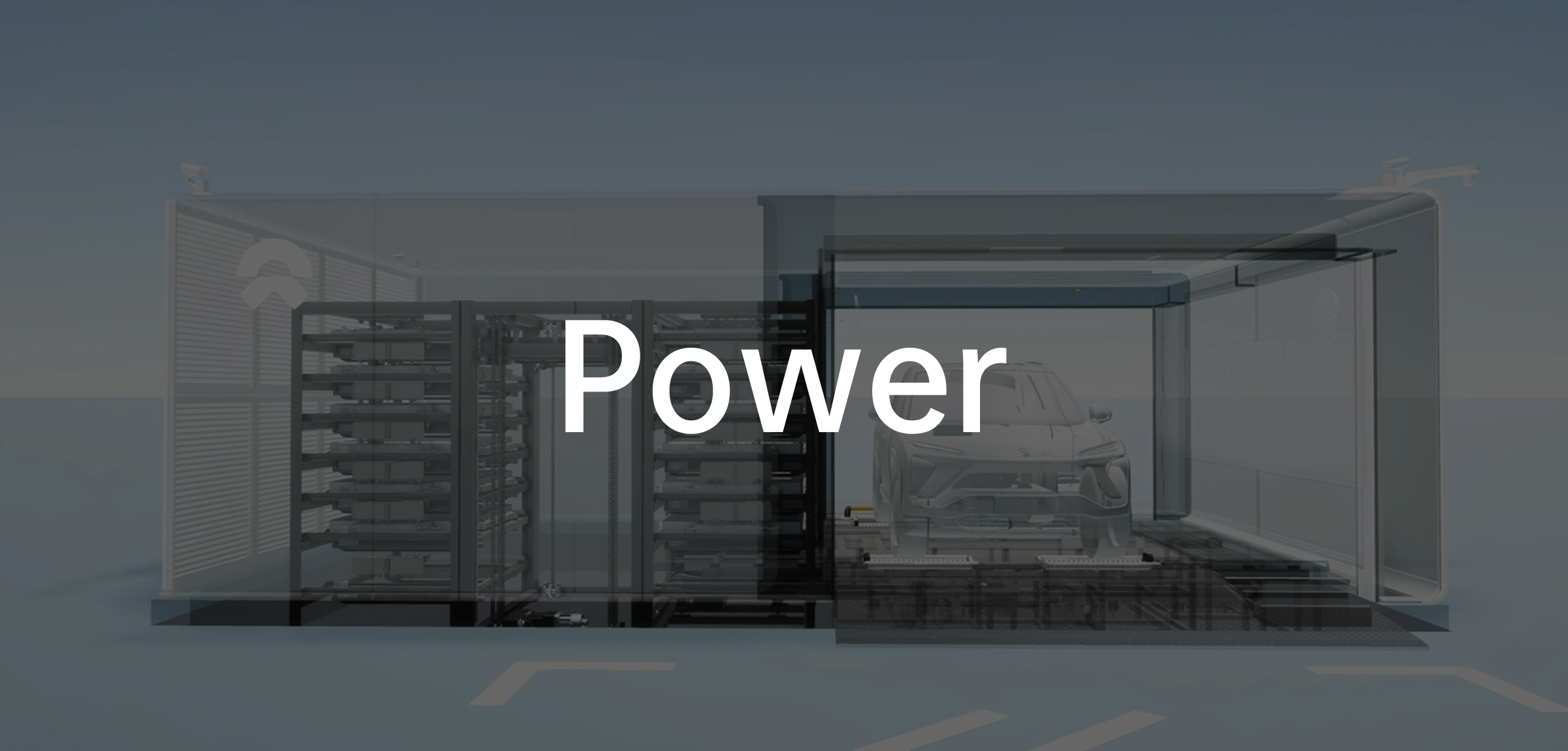On July 6, 2022, the NIO Power station on Cijuelin Avenue in Lhasa, Tibet, officially opened and became the 1,000th power swap station of NIO. In addition, 11 more stations opened on the same day, bringing the total number of swap stations to 1,011 across the country.
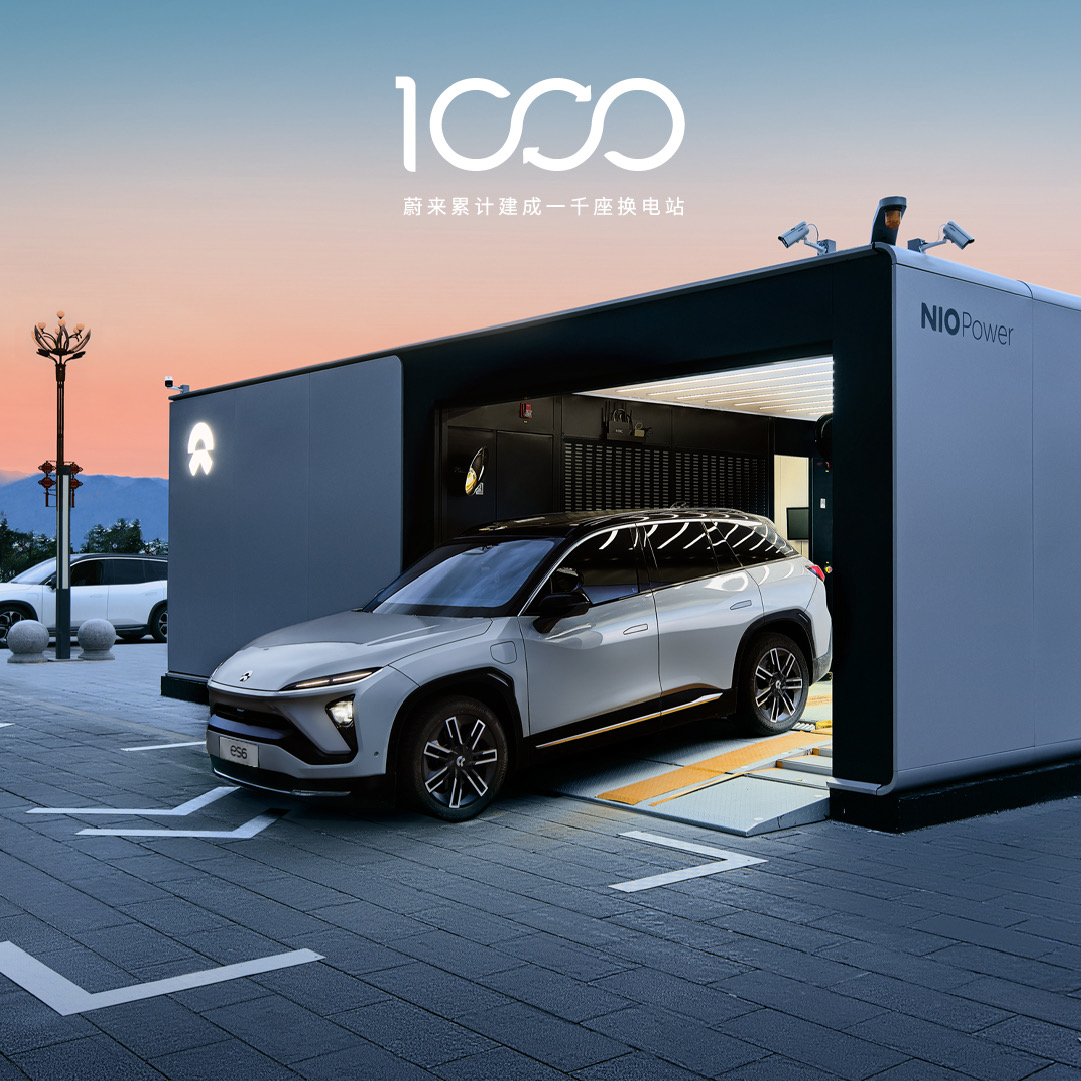
To mark this milestone of 1000 stations, NIO also held the NIO Power Day 2022 communication conference, where they not only shared their ideas for the energy replenishment system, but also revealed their plans for the development of NIO Power going forward.
Some Unknown Data
As customary at NIO Power Day 2022, Li Hong Qin introduced and reviewed NIO Power’s achievements over the past 4 years. As of July 6, 2022, NIO has built 1,011 swap stations, covering all provincial-level administrative regions in Mainland China. The daily average number of swaps reached 30,000 and the total number of swaps exceeded 10,049,462, while the national ‘electrical district house’ coverage rate reached 62.1\%. There were 821,350 One-click charging requests and 127,528 home charger installations. The total number of publicly available charging piles from NIO was 9,603.
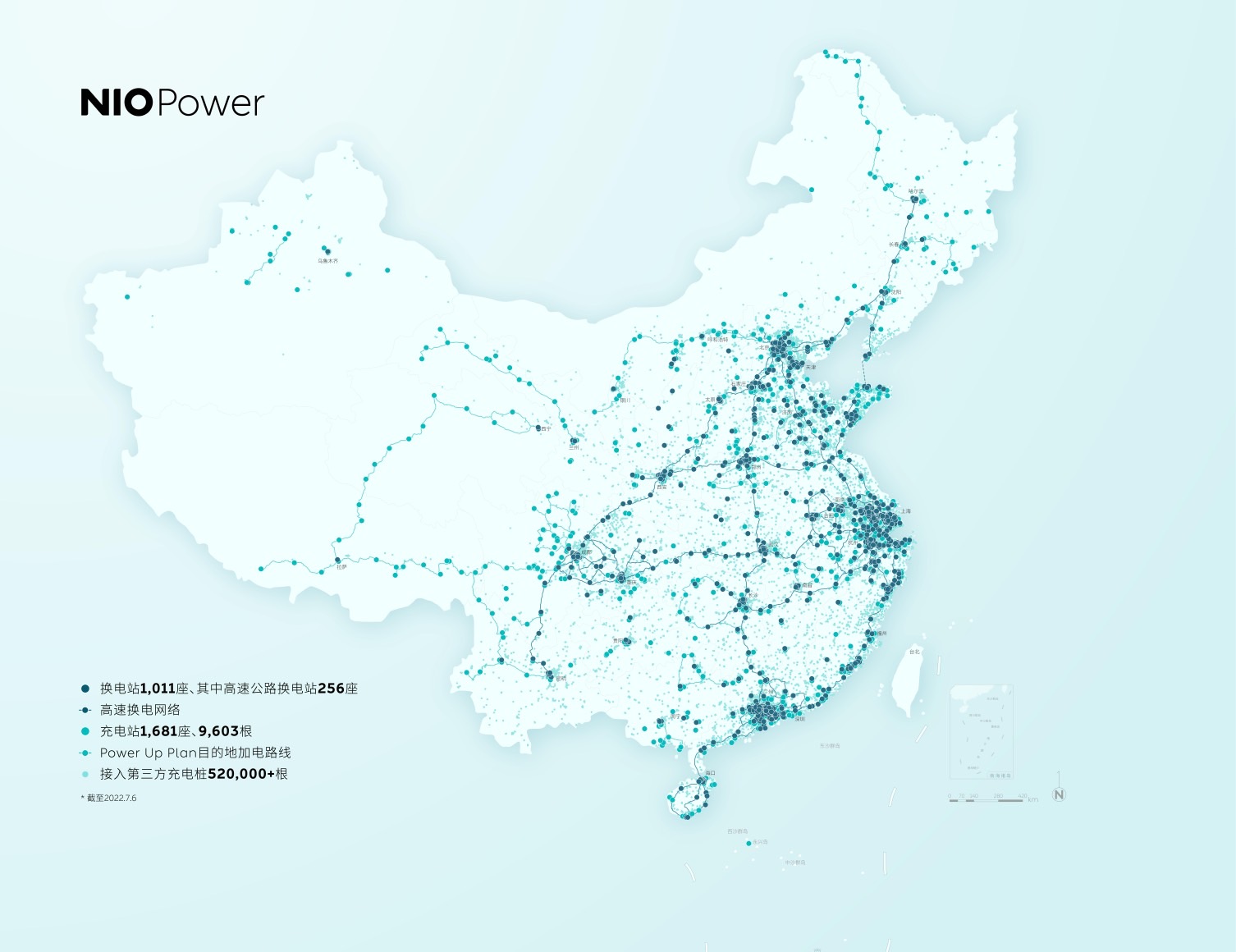
At NIO Day 2017, NIO launched their first generation swap station. At that time, many people were skeptical about “swapping”, given the history of the closed-case of Better Place, and the subsequent construction costs of swap stations, which seemed impractical.
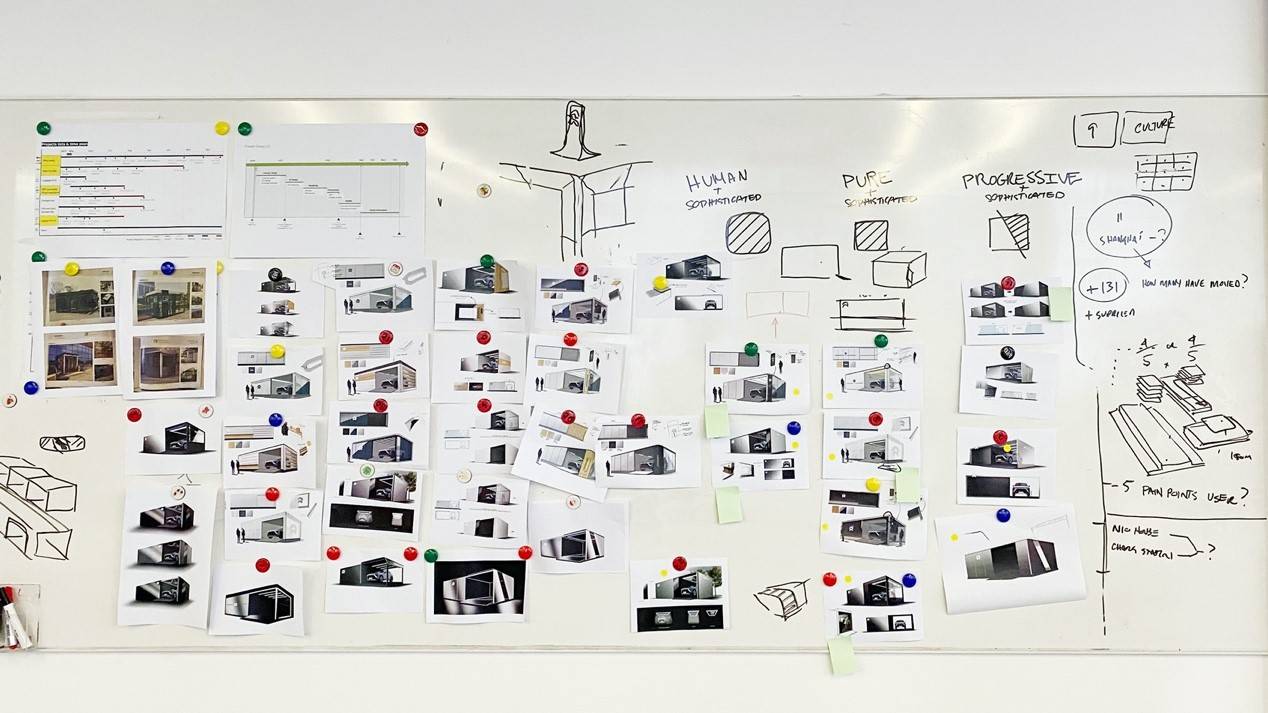 On September 29, 2021, the 500th battery swap station of NIO was launched, and today it has exceeded 1,000 stations.
On September 29, 2021, the 500th battery swap station of NIO was launched, and today it has exceeded 1,000 stations.
It took NIO more than three years to build the first 500 stations, while the second 500 stations only took 10 months, which also shows NIO’s determination to persevere.
The term “Electric District” was not created by NIO, but spread from the NIO community, referring to residential or office areas within 3 kilometers of a battery swap station.
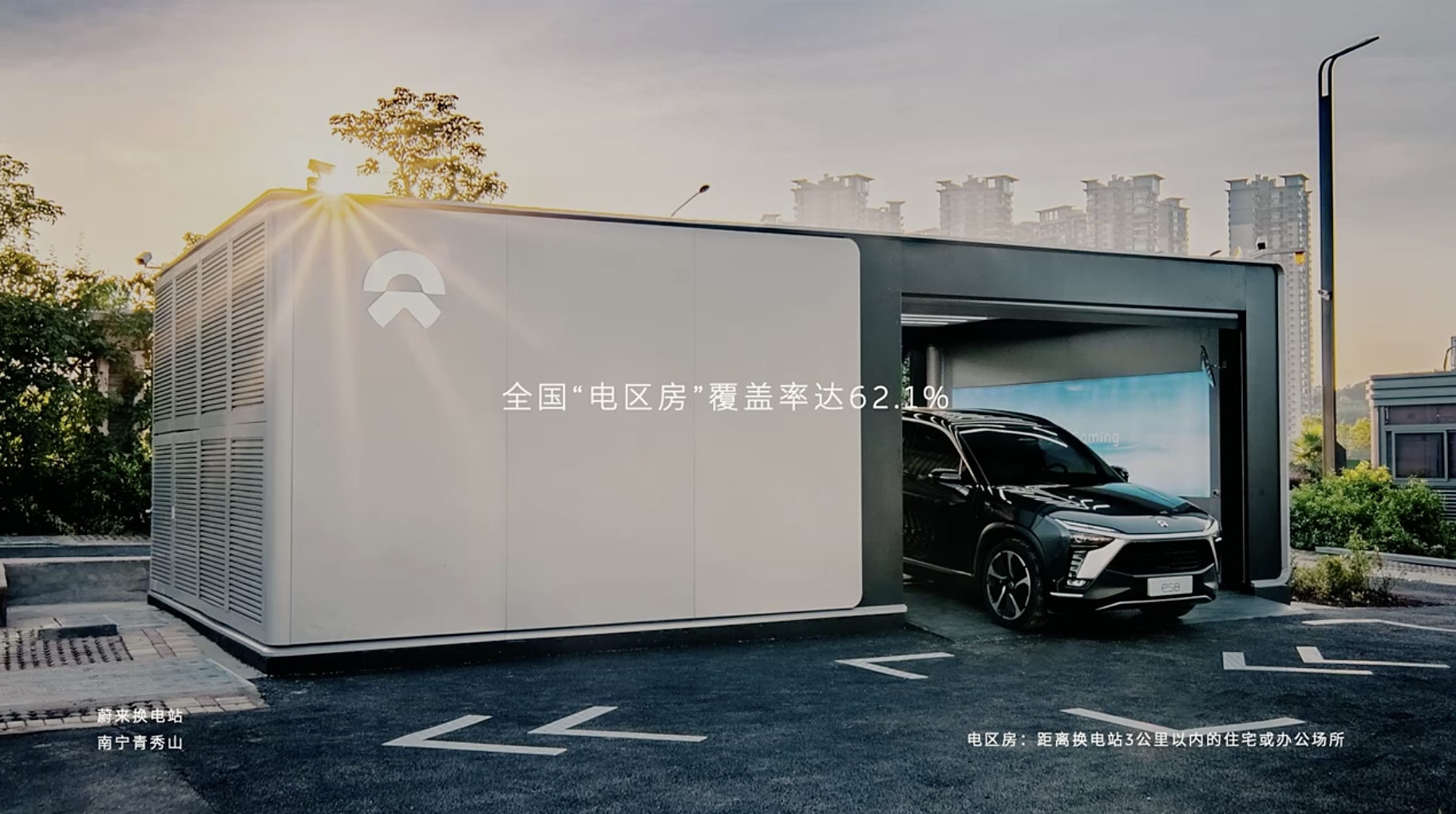
Among all cities in China, Shenzhen ranked first with 84.0\%, followed by Shanghai and Beijing with 77.8\% and 75.9\% respectively.
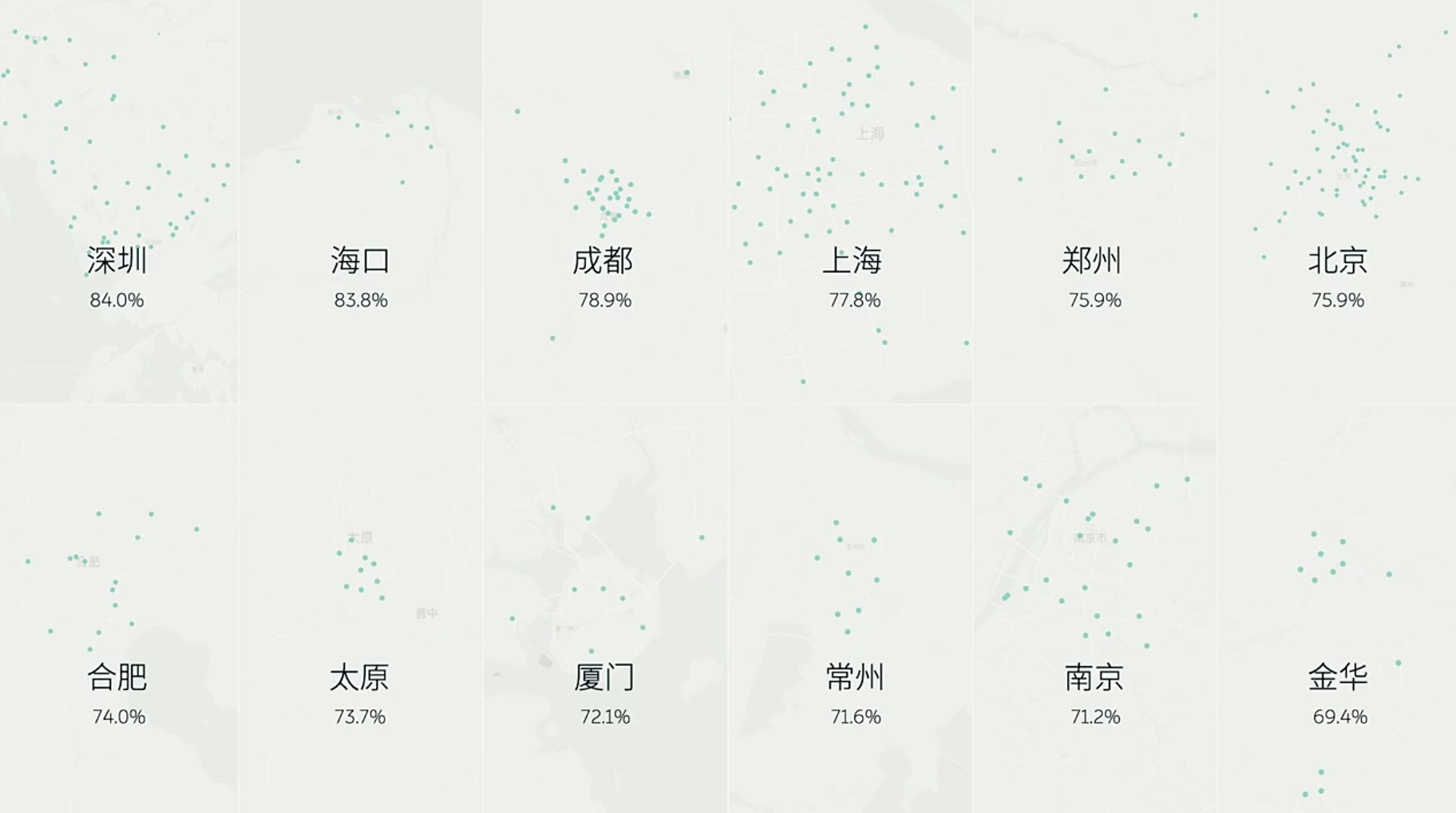
At a communication meeting, Li Hong Qin said, “Battery swapping is the fastest way to recharge,” but also admitted, “Home chargers are the best way to recharge.”
From the current delivery volume of around 220,000 NIO cars, nearly 60\% of NIO owners have home charging conditions.
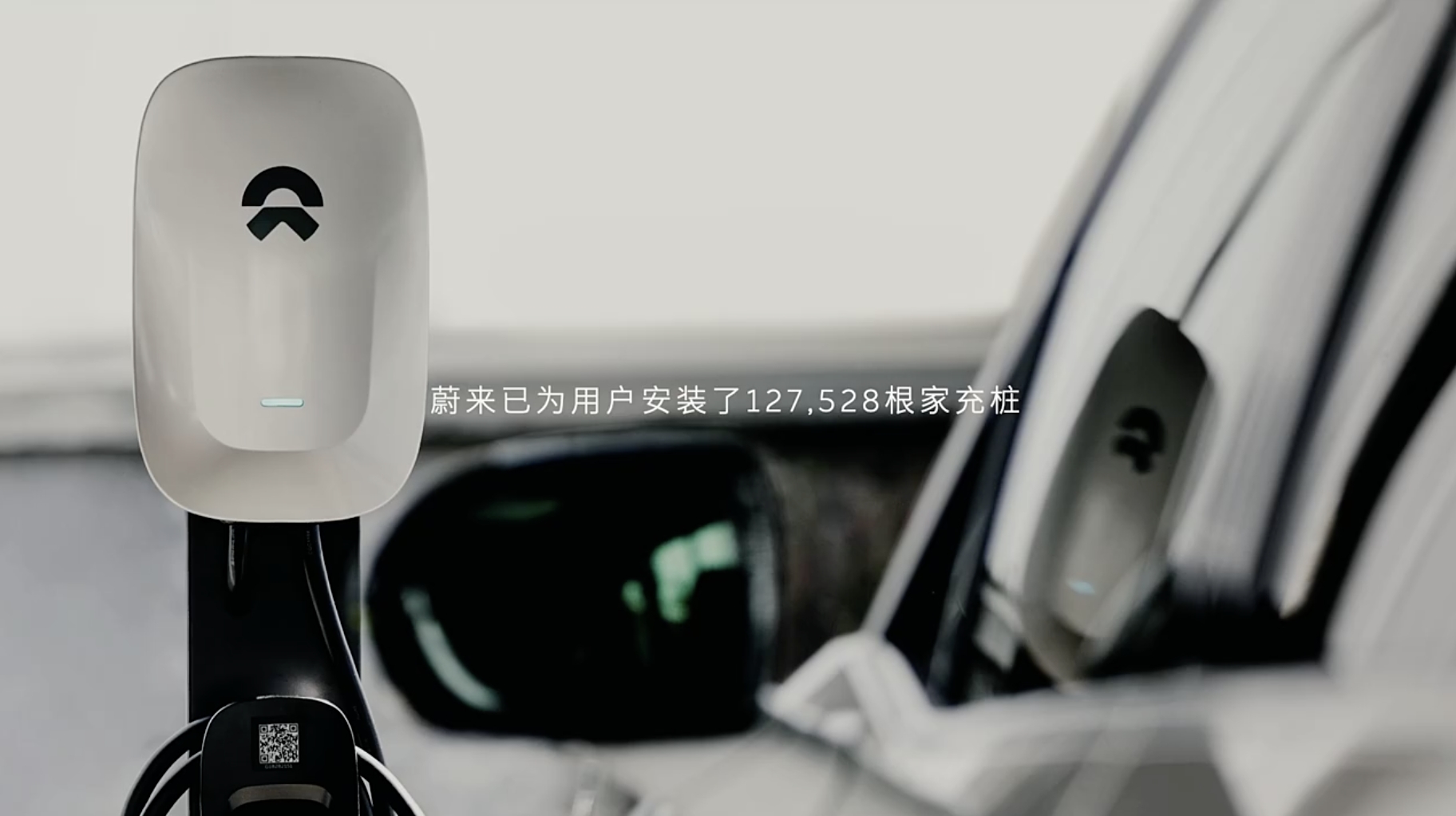
Another interesting statistic shared by NIO is that over 200,000 users replenished energy in June:
-
Battery swap at 52.3\%
-
Home charging at 24.2\%
-
Smooth charging at 11.4\%
-
One-click charging at 0.9\%
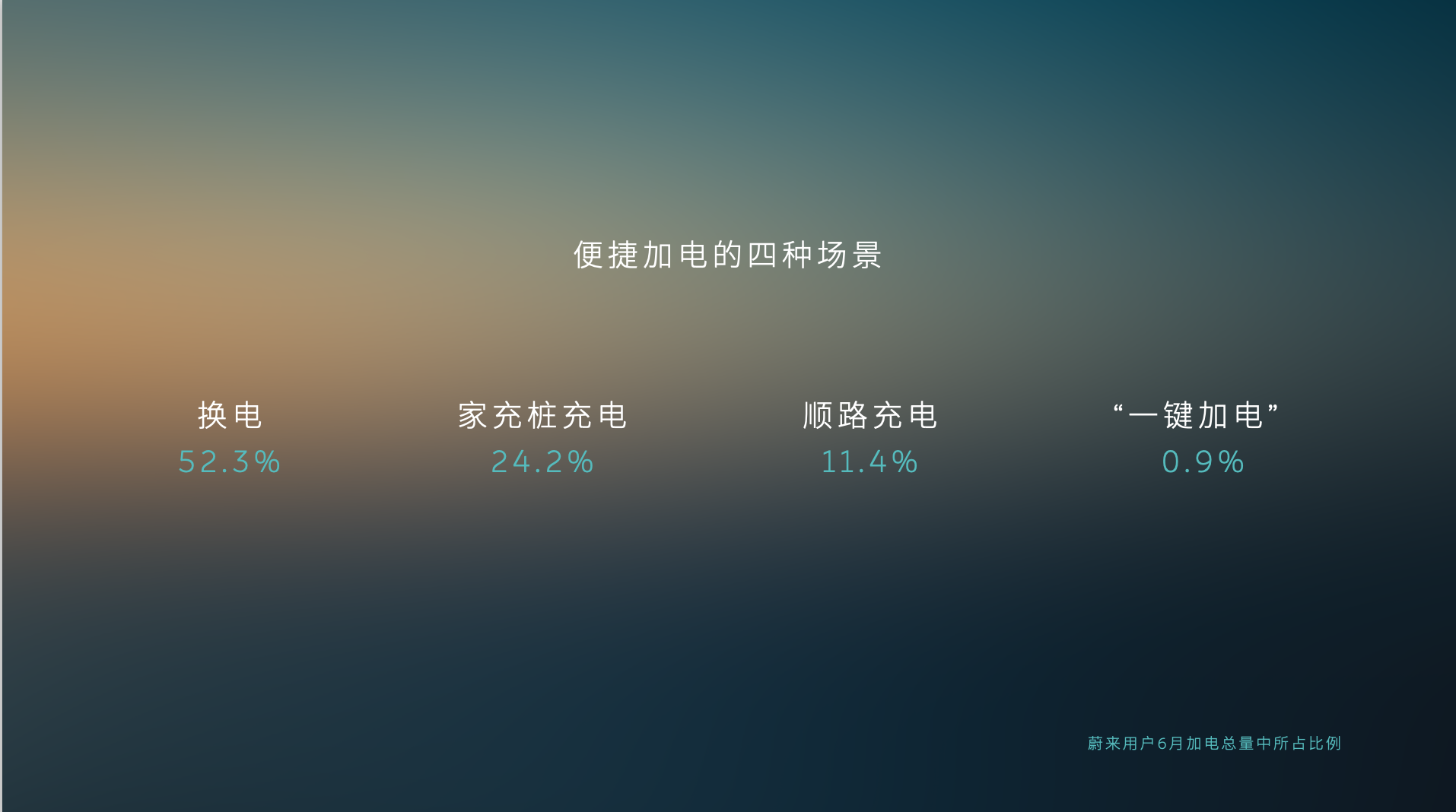
88.8\% of NIO’s total charging energy comes from convenient charging scenarios, which means users do not spend a lot of time charging. Considering that the average time for battery swapping is already within 10-15 minutes, we also agree to put “battery swapping” into the category of convenient charging scenarios.We can see two pieces of data here: the first is that the proportion of battery swapping has reached 52.3\%, so for a model without the ability to swap batteries, the convenience of charging will drop sharply from 88.8\% to 30\%; the other data is that the proportion of using “One-Click Charge” is only 0.9\%.
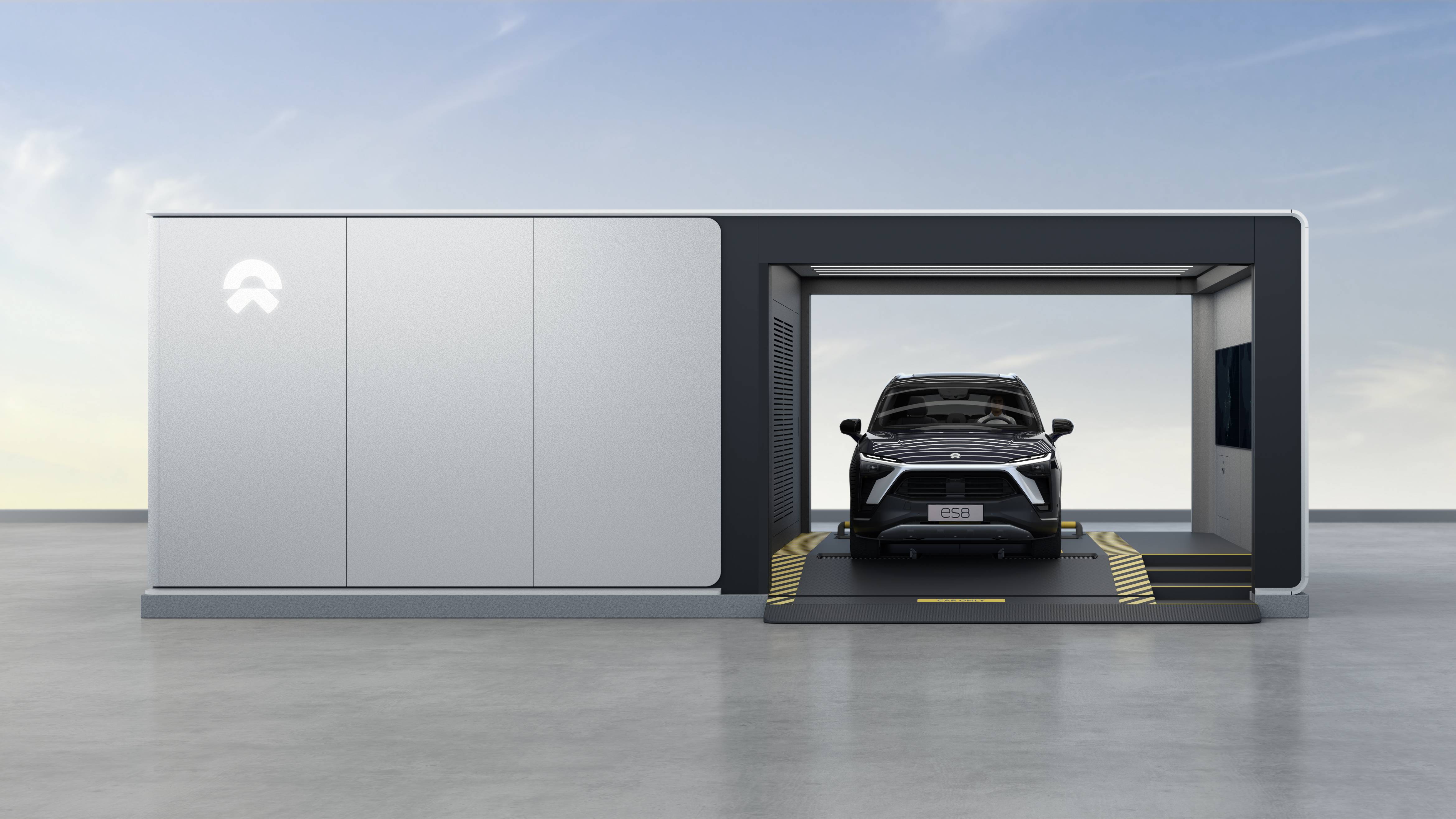
When NIO just launched the One-Click Charge service, most people mocked it. However, interestingly, the proportion of this service among NIO car owners has dropped to 0.9\%, but more and more third-party car companies have begun to sign contracts with NIO for this service. As of now, this service has already served 54 brands.
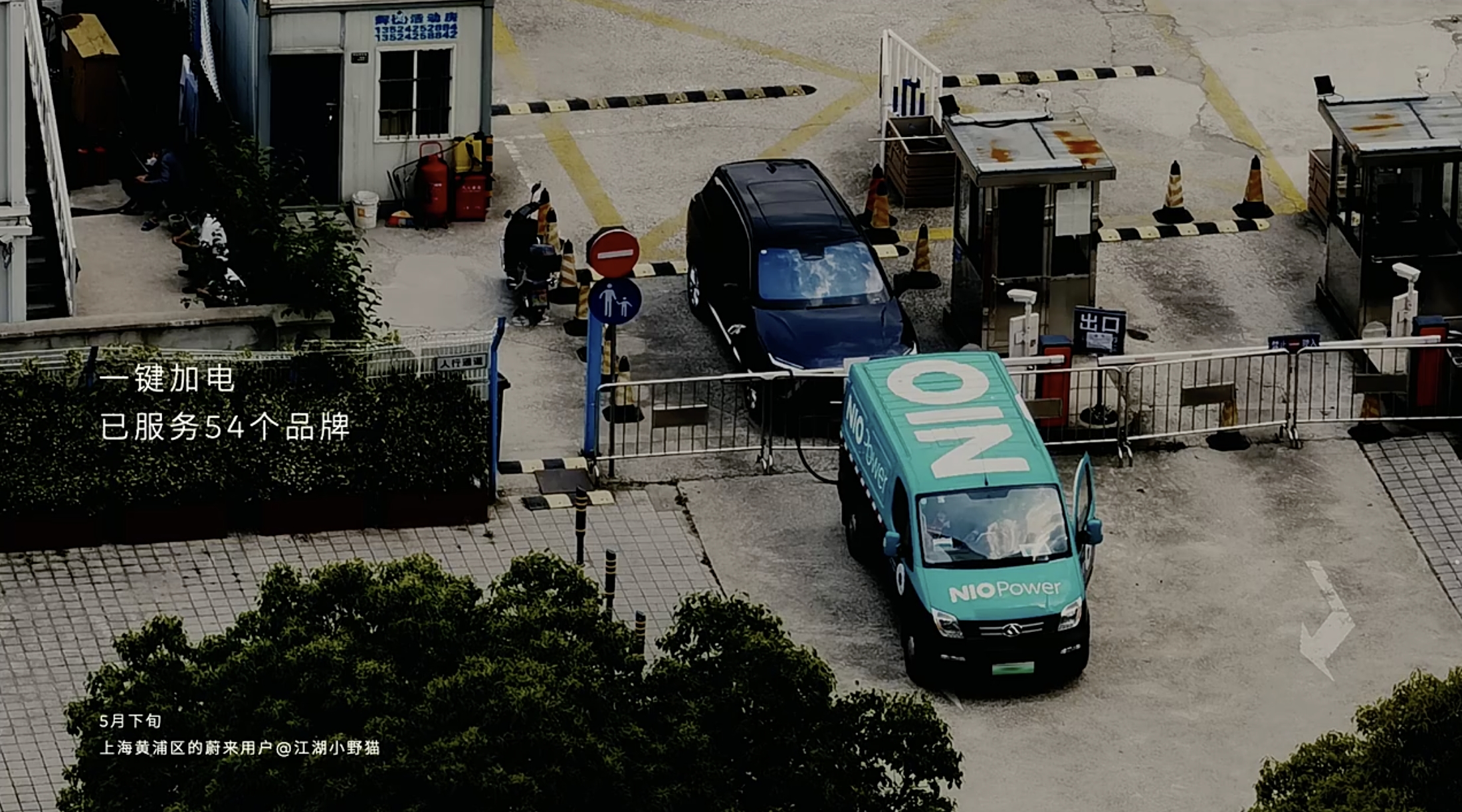
Another piece of data is that more than 80\% of the electricity consumption of NIO’s 9,000+ charging stations is from non-NIO cars.
Obviously, NIO Power is not only serving its own car owners but also serving many third-party car brand owners.
From this dimension, what NIO is doing is not just about being a car company but also being a player in the field of Sinopec and PetroChina.
Qin Lihong also urged at a communication meeting: “Although electric vehicles are competitive in the market, they are still a family in terms of strategy. Only when the experience of all electric vehicle users is good can this category of vehicles be good. We have not yet reached the stage where you need to step further back. At this point, we also appeal to all electric vehicle brands to invest in managing their own charging and swapping infrastructures to provide convenience to users. We also call on all car brands with their own charging stations to open up their charging stations to serve all electric vehicle brands.”
What can NIO Power Cloud do?
Of course, NIO is not satisfied with just this. In order to better serve car owners and make efficient use of resources, NIO also showed us NIO Power Cloud today.
Based on data about “cars”, “chargers”, and “stations”, NIO Power Cloud can achieve intelligent site selection, intelligent operation and maintenance, intelligent planning, and interaction with the power grid.
Intelligent site selection
Firstly, in this system, NIO will integrate the location and type of all current energy supplement facilities, the number of users and their charging conditions around, and the working conditions of nearby battery swapping stations to comprehensively determine the most urgently needed location for building a new station.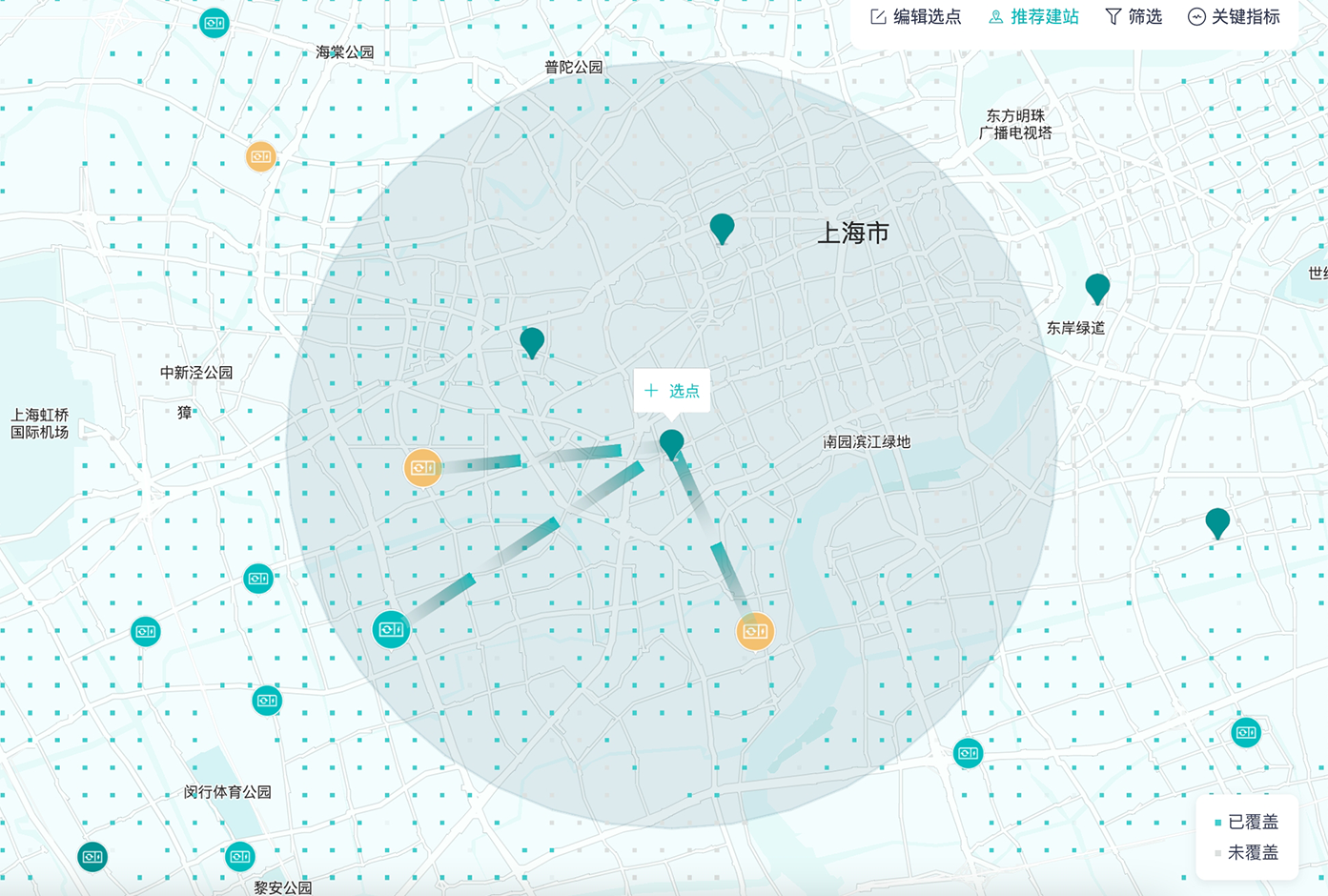
Furthermore, this system also has simulation and prediction capabilities. With this system, NIO can clearly predict the number of charging and swapping orders for the next 30 days after the station is built, as well as the expected exchange duration for each user.
Intelligent Operation and Maintenance
Operation and maintenance refer to the operation and maintenance. At the operational level, through the entire system, NIO can clearly understand the real-time data information of charging piles and swap stations under the NIO Power system.
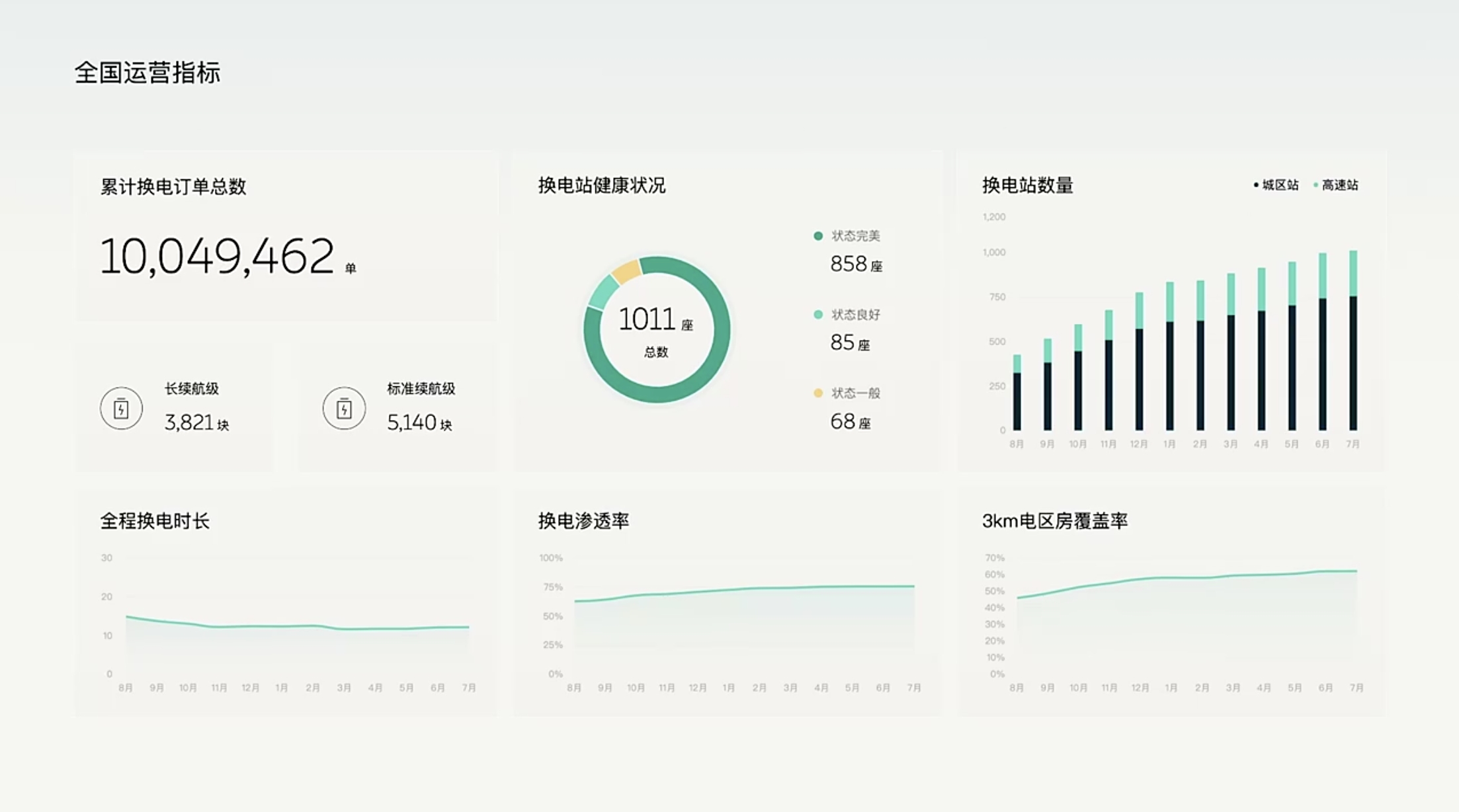
At the maintenance level, each swap station has a digital twin, that is, there is a set of actual devices in the physical space, and a set of identical models in the digital space. By using the feature indicators in the digital space, NIO can easily judge whether the swap station has faults and where they are.
Based on this system, on the one hand, NIO can better train specialists, and on the other hand, it can enable NIO to achieve unmanned and unattended operations more effectively.
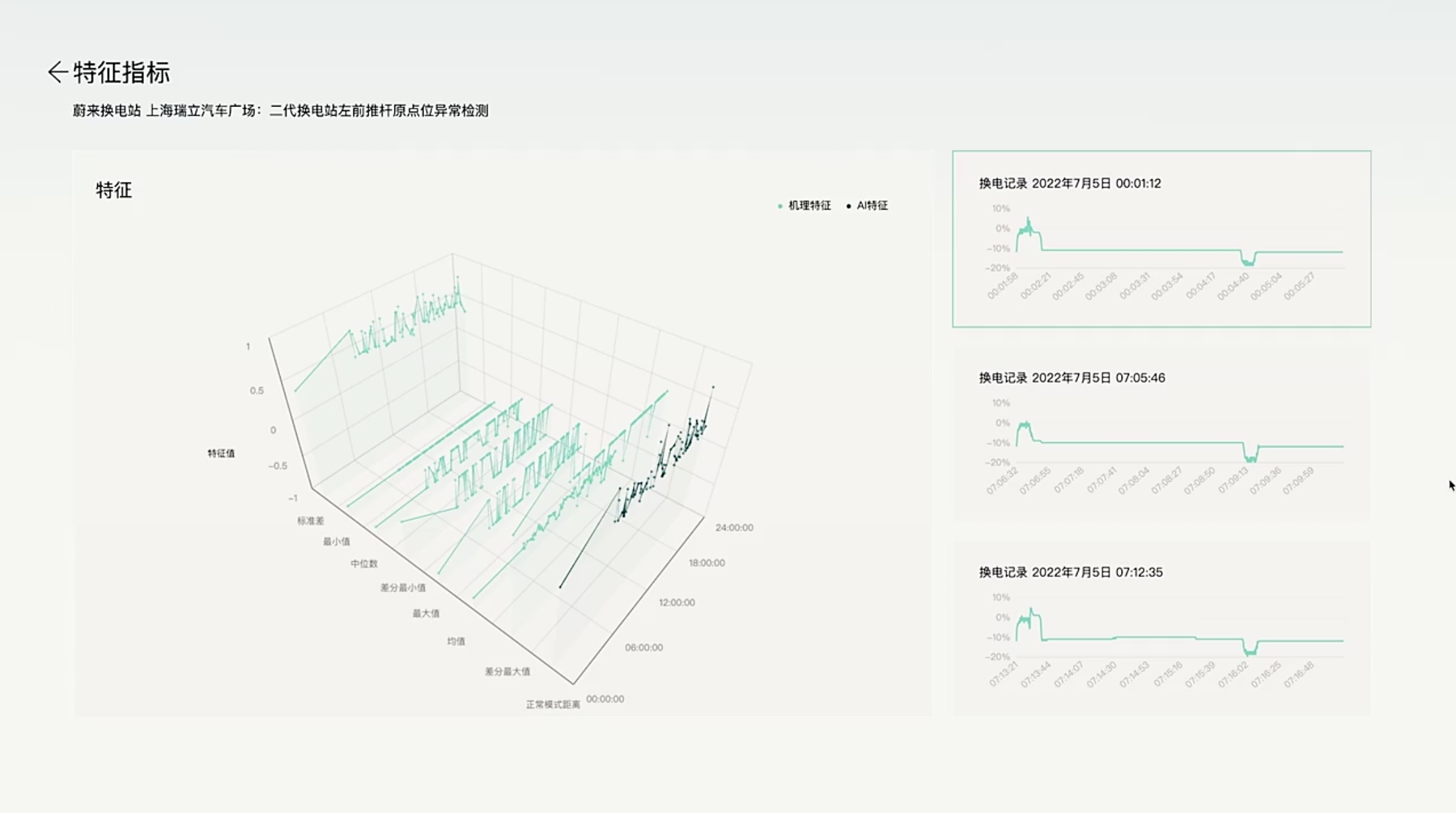
Intelligent Planning
In fact, this feature was briefly introduced in last year’s NIO Power Day. However, the change this year is that NIO’s Energy Cloud has evolved further and added the “charging journey” feature to the NIO app.
It is a half charging station search and a half travel guide, which not only solves the power replenishment problem but also opens up a new travel route. It is believed that this will become a favorite tool for electric vehicle owners.
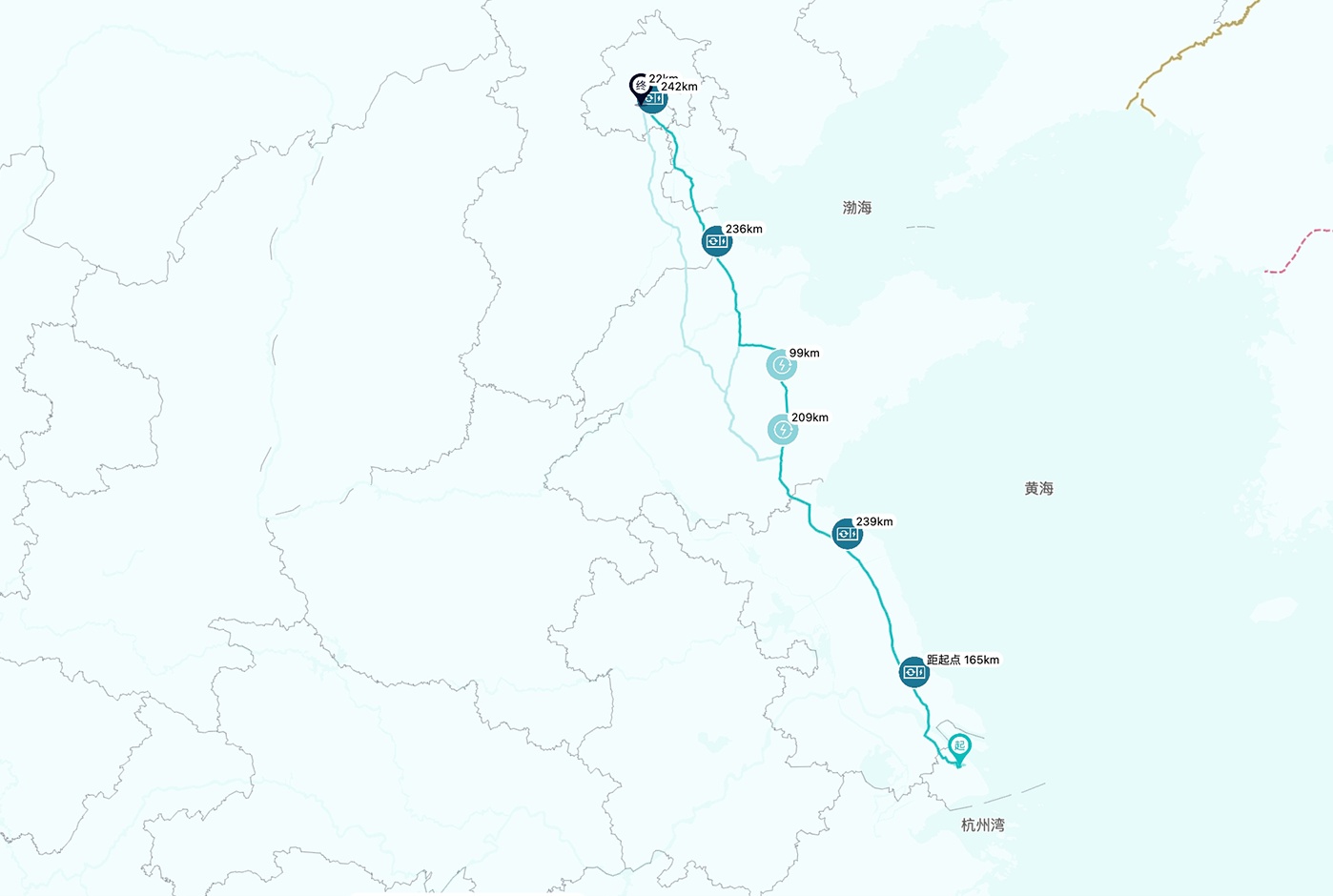
Grid InteractionThis feature is mainly to utilize the batteries of existing vehicles as energy storage devices to help balance the electricity demand between day and night, achieving peak shaving and filling the valley, and achieving greater energy efficiency.
Introducing the NIO Power
Second-generation service vehicles
Inspired by the needs of users during the Shanghai epidemic, NIO released the second-generation multifunctional mobile service vehicle, also known as the new nanny car, during the later stages of NIO Power Day.
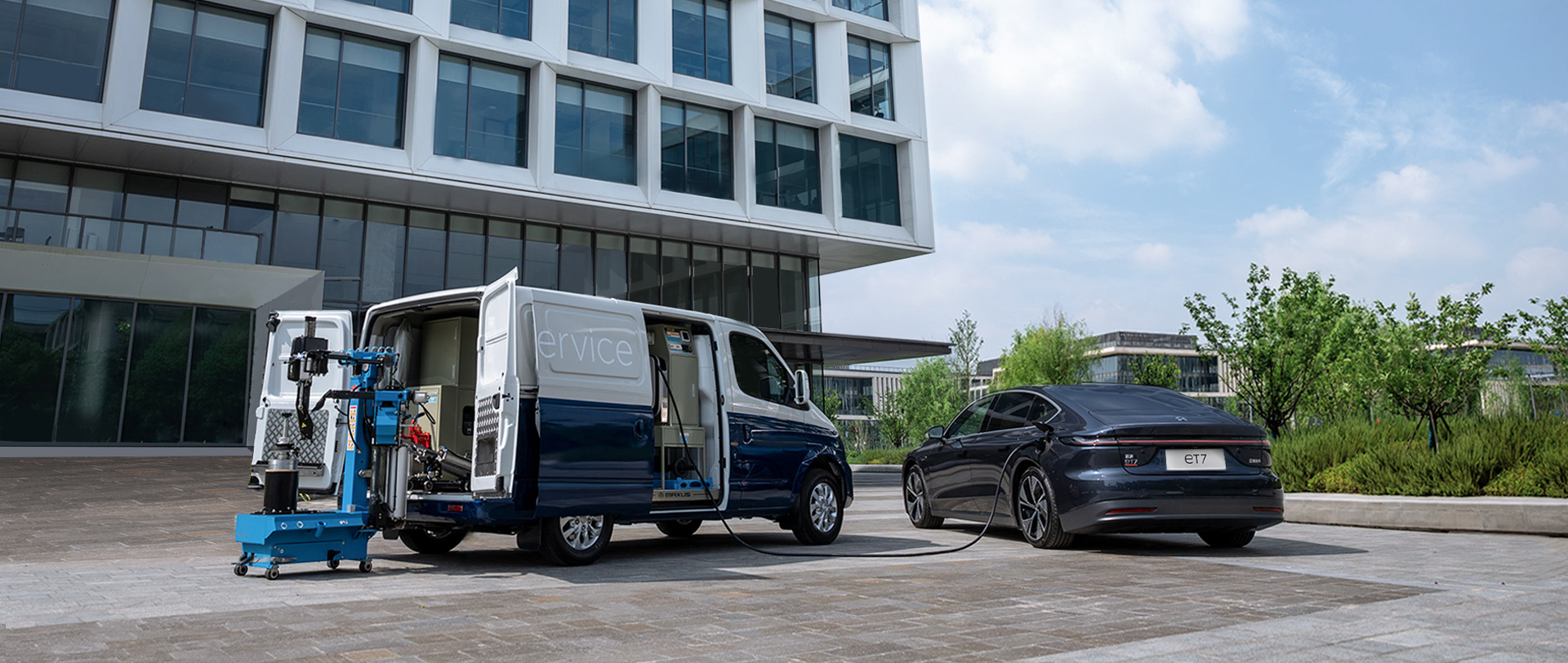
According to NIO, the second-generation multifunctional mobile service vehicle has the ability to provide charging, maintenance, and repair services, further improving operational efficiency, and has been put into use since June of this year.
The second-generation vehicles will continue to replace the previous generation of service fleets and continue to expand in scale. This also means that we can perform simple maintenance work on our vehicles at home or downstairs in our office buildings, which made me envious while waiting at the 4S store for hours for the maintenance of my gas car last weekend.
500 kW Supercharger
First of all, NIO announced the new generation of superchargers, with a maximum power of up to 500 kW, and a peak current of 650 A, which belongs to the high-current solution as Tesla’s supercharger becomes.
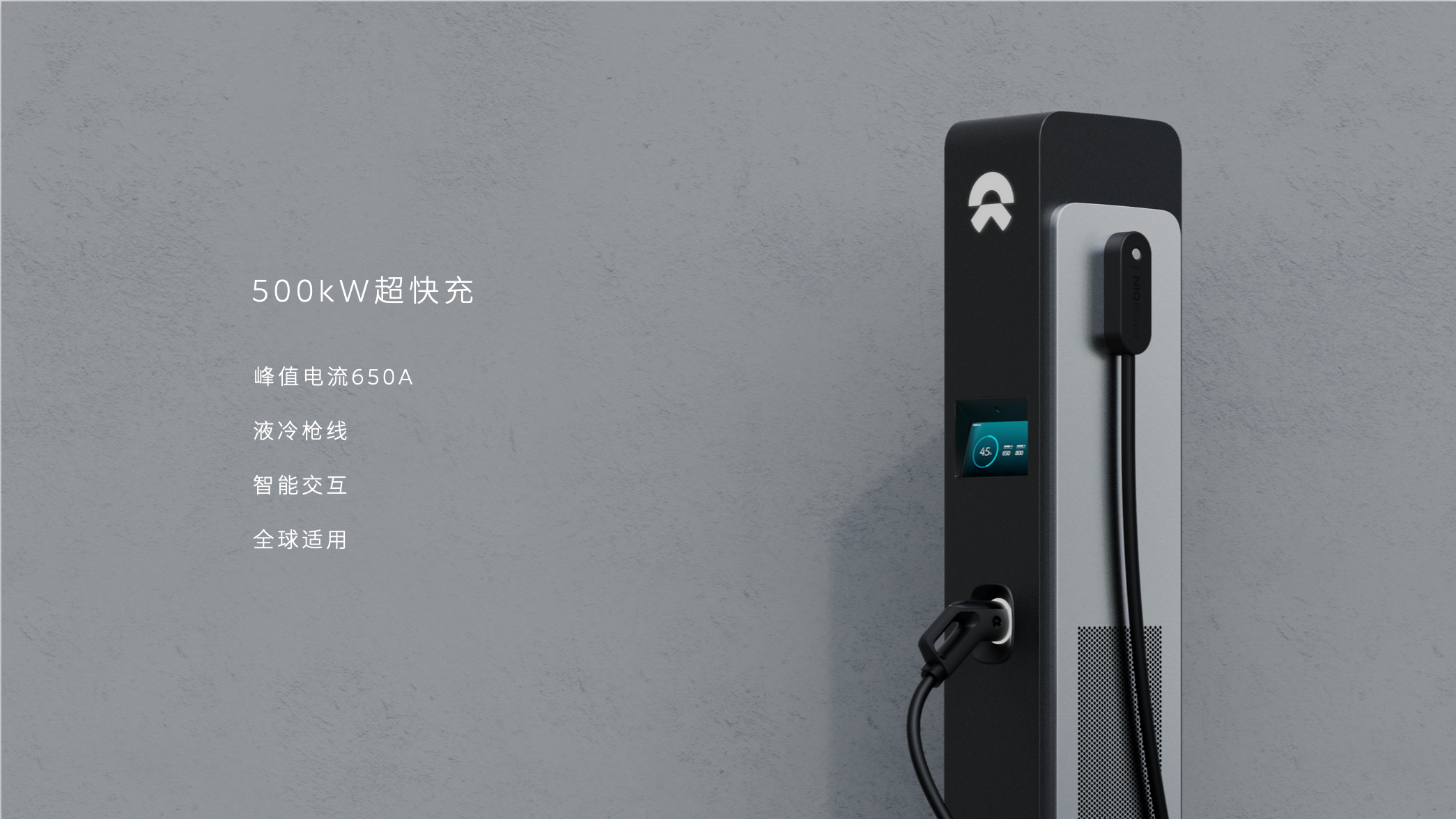
According to NIO, the new generation of chargers will use liquid-cooled gun lines, with the weight of the gun lines half that of the fast-charging piles currently used by NIO, which is undoubtedly a boon for female car owners.
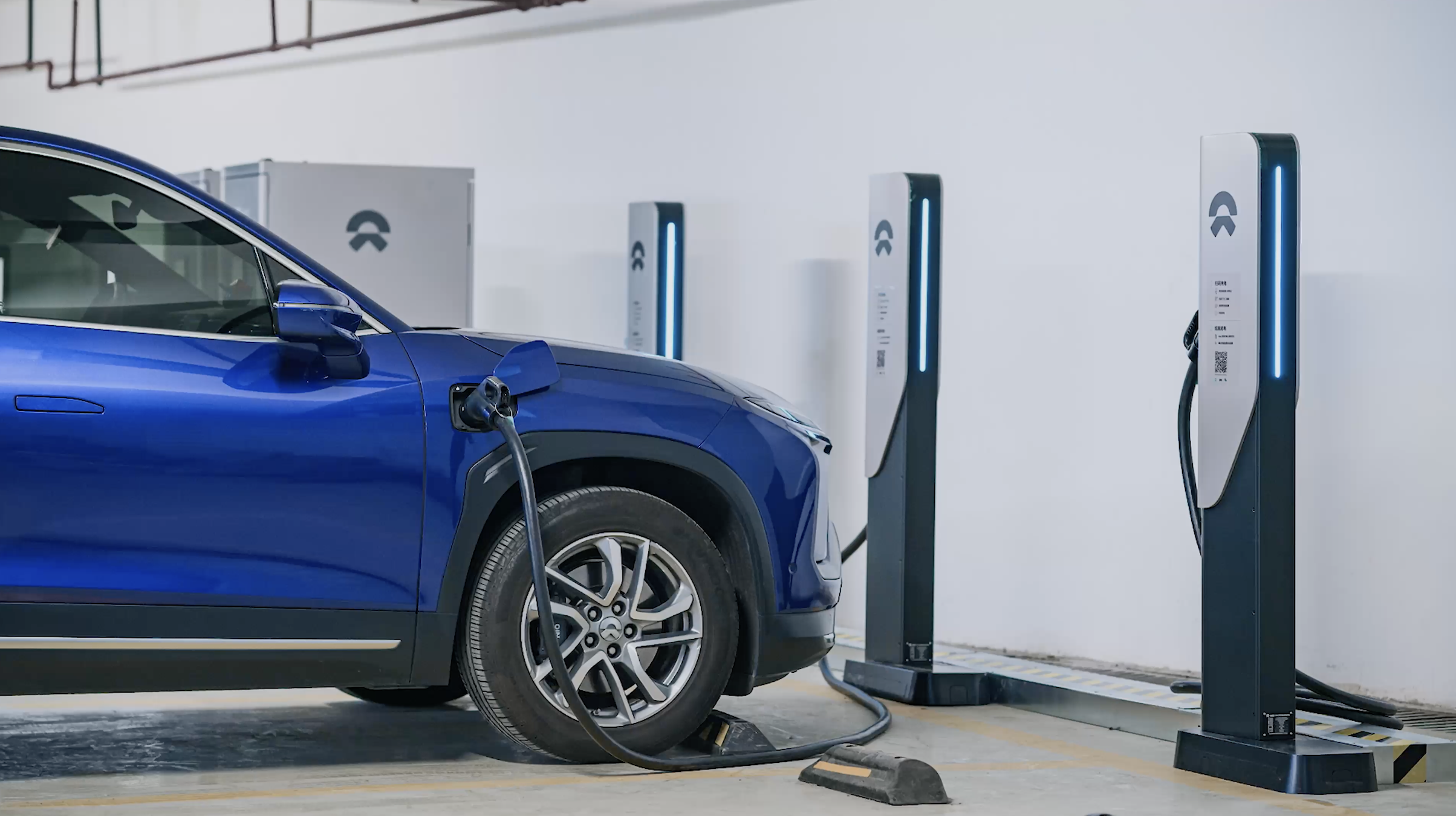
These brand-new chargers will be deployed simultaneously in the domestic and European markets starting from the end of this year.
Introduction of the third generation of Swap Stations
In addition to the 500 kW DC Supercharging pile, compared with other brands, the large-scale supercharging pile of NIO is relatively easier to land. Because 500 kW of ultra-fast charging can be landed together with the Swap Station. Currently, the transformer capacity of the Swap Station is 630 kW or 1,250 kW, so it is possible to install 1-2 additional ultra-fast charging piles beside the Swap Station. However, there was no further answer to the vehicle models supported by 500 kW in this Power Day.

The third generation of Swap Stations
In addition to the 500 kW DC Supercharging pile, NIO also announced the third-generation Swap Station and 800 V battery technology. Also by the end of this year, NIO will release its third-generation Swap Station, which can be deployed immediately. It is reported that the research and development of the third generation of Swap Stations is nearing completion and the testing of the sample station is underway.
Qin Lihong, the founder of NIO, said that the third-generation Swap Station will have significant improvements, including larger capacity, higher efficiency, more flexible layout, and compatibility with more types of vehicles and batteries.
The so-called more versatile battery types refer to the battery pack of the 800 V high-voltage platform, which will also be compatible with the third-generation Swap Station. At the same time, Qin Lihong mentioned that the 800 V high-voltage platform battery pack and the supporting Swap System will be open to the entire industry.
At this Power Day, Qin Lihong mentioned more than once: “The cooperation of Swap System depends on the willingness of other brands. NIO has always been open. NIO’s swappable chassis technology, removable battery pack technology, and more than 1,000 patents are open to the entire industry, because technology cooperation can help us share costs.”
However, for other car companies, this kind of cooperation is disadvantageous. Currently, car companies from other brands that cooperate with NIO’s Swap Station can save a lot of basic infrastructure funds for laying Swap Station and charging piles. Moreover, they can quickly provide users with a very mature Swap System experience, which will undoubtedly be very helpful in sales.But in the long run, this kind of cooperation will make the participating car companies appear very passive. Firstly, the chassis and battery pack of the vehicle will be constrained by NIO’s limited battery swapping technology. No matter how good the technology is, it cannot be put into practice rashly unless the alternative energy resources of battery swapping and cooperation are given up. Secondly, with the same battery swapping resources and ecosystem, product differentiation is necessary to generate profit. Therefore, not all car companies are willing to take the risk of attempting such cooperation.
As for other brands using the battery swapping stations, what can be confirmed at present is that NIO’s new brand codenamed “Alps” will have its own battery swapping stations, which will be provided to the “battery swapping version of Model 3 and Model Y” with a 200,000 level. The higher-positioned NIO can also use it, but Qin Lihong revealed that the new brand may not use NIO’s battery swapping stations, which is equivalent to service experience differentiation based on brand positioning.
2025 Vision
In the first NIO Power Day on July 9th last year, NIO released its NIO Power 2025 battery swapping station layout plan. By the end of 2025, the total number of battery swapping stations worldwide will exceed 4,000. This plan has been brought up again one year later today, with the same goal of 4,000 worldwide, but this time 4,000 has been further divided.
In China, the number of battery swapping stations should exceed 3,000, and the overseas construction should reach 1,000. As far as the current battery swapping station layout in Europe is concerned, only one is operating in Norway, which will start testing unmanned operation this month. In addition, two battery swapping stations are being calibrated as a foundation in two other European countries.
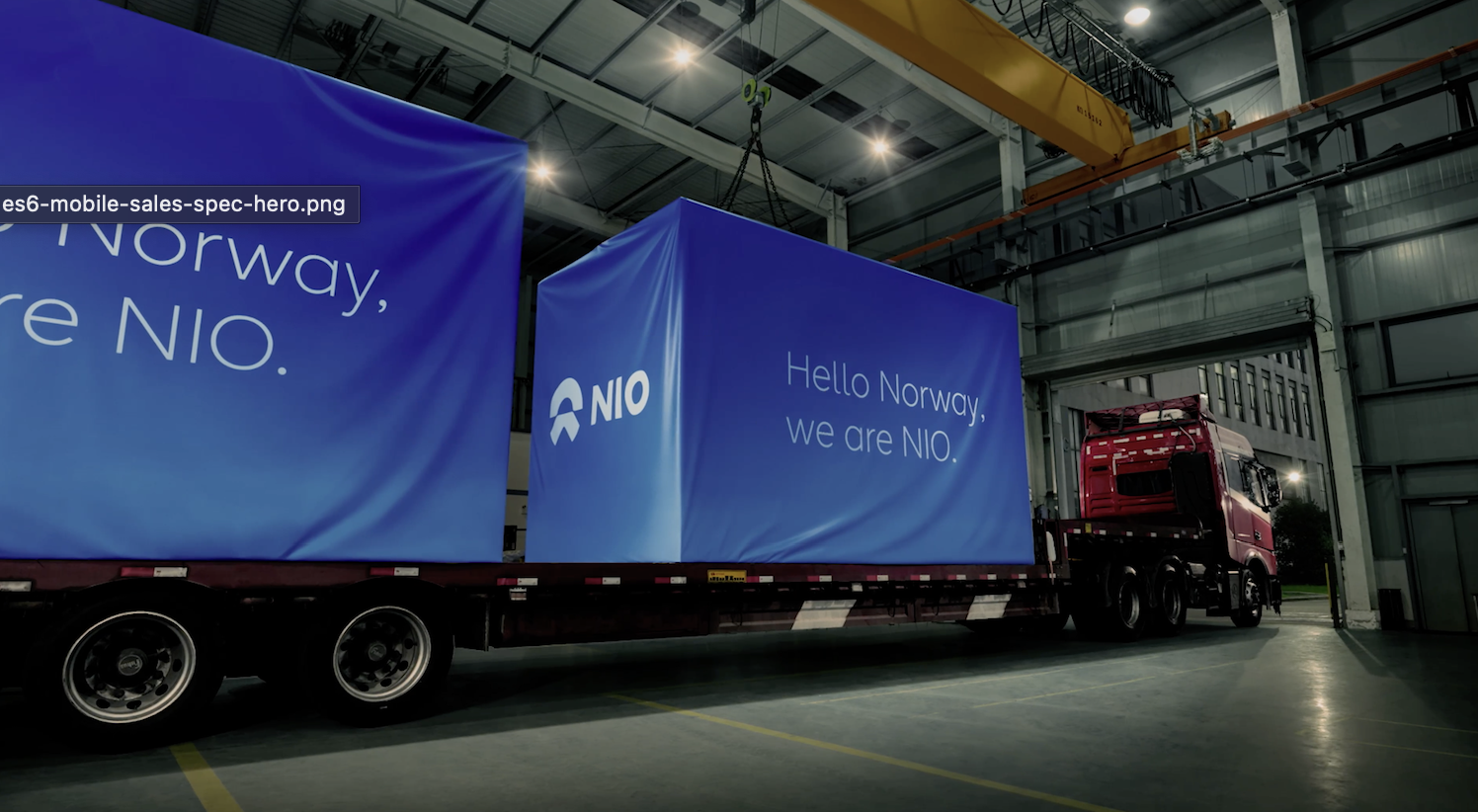
Shen Fei said that he will focus on deploying in Europe in the second half of this year. In October of this year, a special release conference will be held to expand more European countries. During the conference, NIO’s service system in Europe and strategic arrangements will be introduced in detail, and we will follow up on the report.
Returning to the domestic market, in the 2025 battery swapping station layout plan, NIO has again divided it into two types of vehicle usage scenarios: urban and intercity. The battery swapping station coverage rate in urban areas is still aimed at reaching 90% with “electric area houses” as the goal. Qin Lihong also mentioned that since the distribution of users is dynamic, the specific 90% still needs some time for them. Therefore, we can expect to see a more precise set of targets for next year’s NIO Power Day.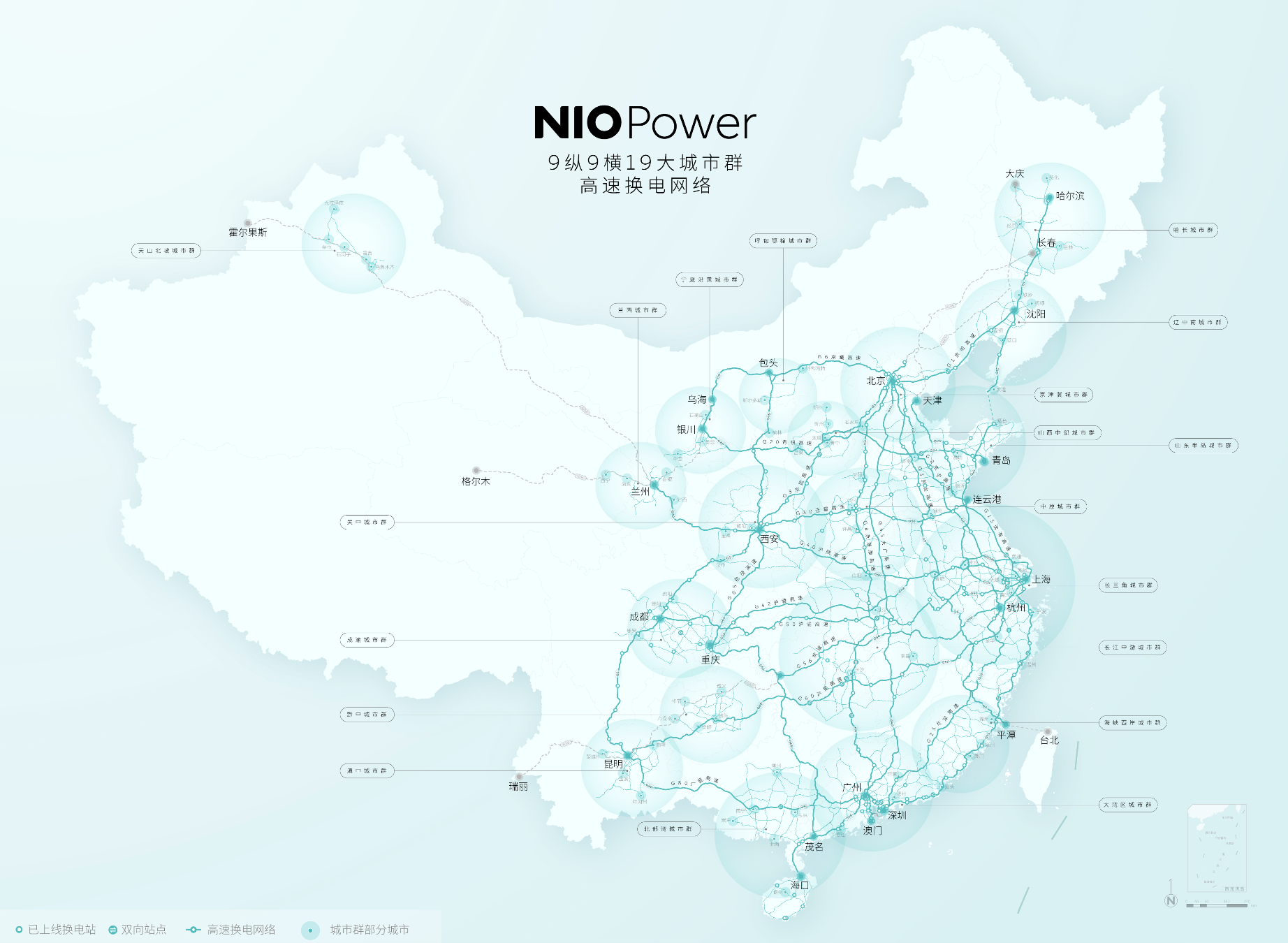
The coverage of intercity highways will be upgraded from the current five north-south and three east-west networks in four major urban clusters to nine north-south and nine east-west networks in nineteen major urban clusters by 2025, including the Tianshan north slope urban cluster in Xinjiang, according to the planning of the National Development and Reform Commission. Regarding the deployment of battery swap stations, Qin Lihong said directly, “As long as NIO exists for how many years, it will not be how many years until users no longer have any demands, as long as it brings the greatest marginal benefit.” NIO Power has indeed taken the lead in addressing user pain points.
Conclusion
As time goes by, NIO Power’s capacity boundaries are constantly expanding. Since 2019, the cruising range of electric vehicles has already exceeded 500 kilometers one after another, and people’s anxiety is now more focused on “energy supplementation.”
At this stage, because of the limited speed of recharging, third-party charging pile brands cannot achieve profitability by selling electricity. Since they cannot achieve a commercial closed loop, this business is naturally difficult to sustain. It is inevitable that automakers need to invest large sums of money to get involved, but if it can help automakers sell more cars, it is worth doing.
In the foreseeable future, battery technology and the speed of energy supplementation are unlikely to have revolutionary changes, and in the current environment where all manufacturers are transitioning to electrification, NIO Power’s advantages will only grow larger.
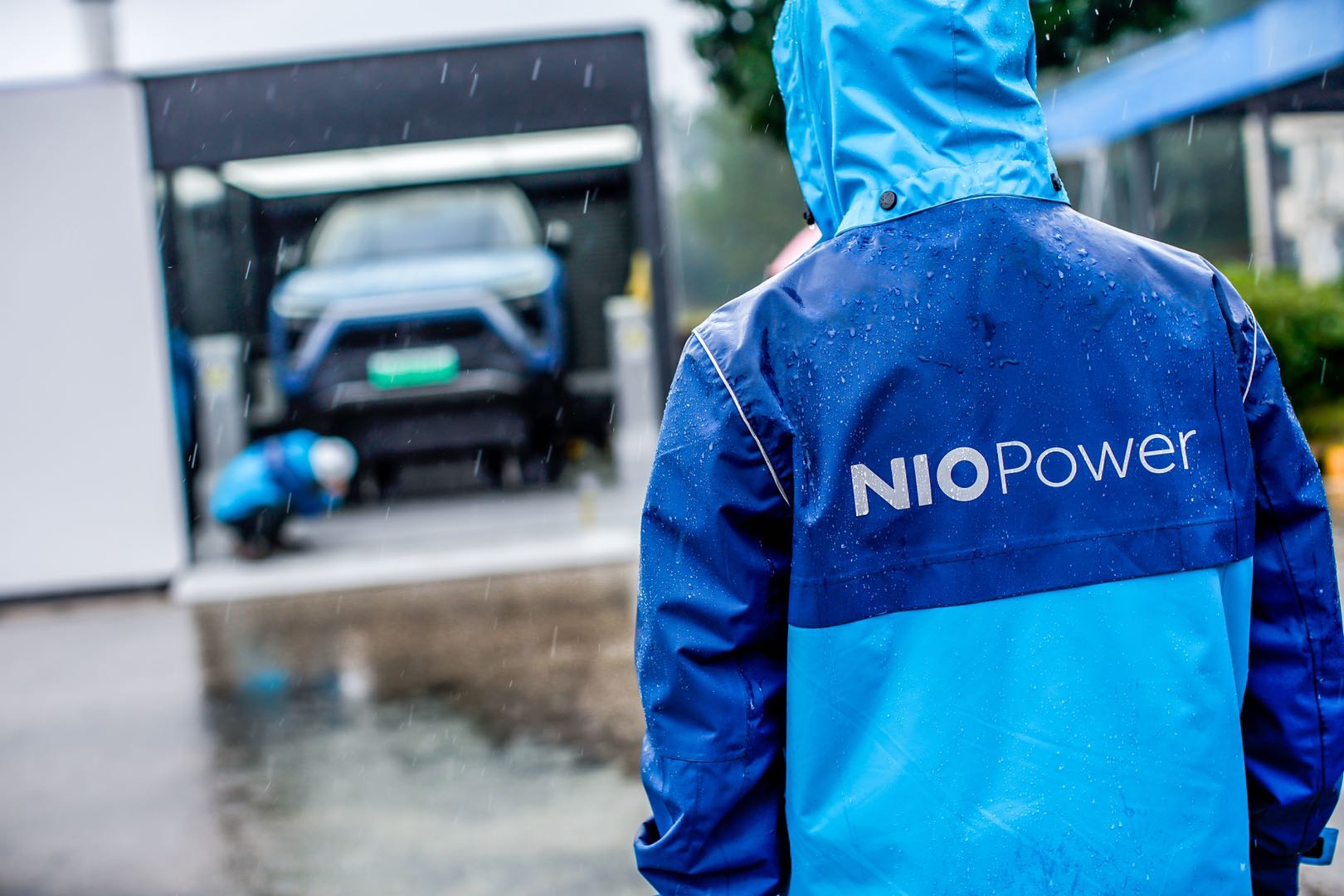
This is also what NIO has already thought of at its inception: systematic competitiveness.
As a user, in 2022, there are only a handful of brands that can make users feel comfortable driving an electric car and go wherever they want.
This article is a translation by ChatGPT of a Chinese report from 42HOW. If you have any questions about it, please email bd@42how.com.
